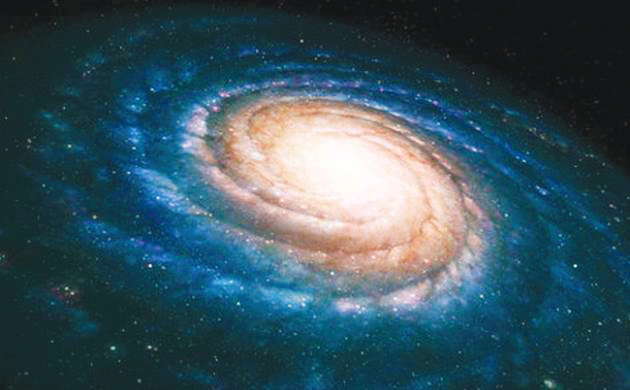WASHINGTON (TIP): Astronomers have created the first map of the large scale structure of the universe based entirely on the positions of quasars. Quasars are the incredibly bright and distant points of light powered by supermassive black holes.
“Because quasars are so bright, we can see them all the way across the universe,” said Ashley Ross of the Ohio State University in the US.
“That makes them the ideal objects to use to make the biggest map yet,” said Ross. The amazing brightness of quasars is due to the super- massive black holes found at their centres. As matter and energy fall into a quasar’s black hole, they heat up to incredible temperatures and begin to glow. It is this bright glow that is detected by a dedicated 2.5-metre telescope on Earth.
“These quasars are so far away that their light left them when the universe was between three and seven billion years old, long before the Earth even existed,” said Gongbo Zhao from the National Astronomical Observatories of Chinese Academy of Sciences.
To make their map, scientists used the Sloan Foundation Telescope to observe an unprecedented number of quasars. During the first two years of the Sloan Digital Sky Survey’s Extended Baryon Oscillation Spectroscopic Survey (eBOSS), astronomers measured accurate three-dimensional positions for more than 147,000 quasars.
The telescope’s observations gave the team the quasars’ distances, which they used to create a three-dimensional map of where the quasars are.
However, to use the map to understand the expansion history of the universe, they had to go a step further, using a clever technique involving studying “baryon acoustic oscillations” (BAOs).
BAOs are the present-day imprint of sound waves which travelled through the early universe, when it was much hotter and denser than the universe we see today.
However, when the universe was 380,000 years old, conditions changed suddenly and the sound waves became “frozen” in place.
These frozen waves are left imprinted in the three- dimensional structure of the universe we see today. The results of the new study confirm the standard model of cosmology that researchers have built over the last 20 years.
In this standard model, the universe follows the predictions of Einstein’s General Theory of Relativity – but includes components whose effects we can measure, but whose causes we do not understand.
Source: PTI
